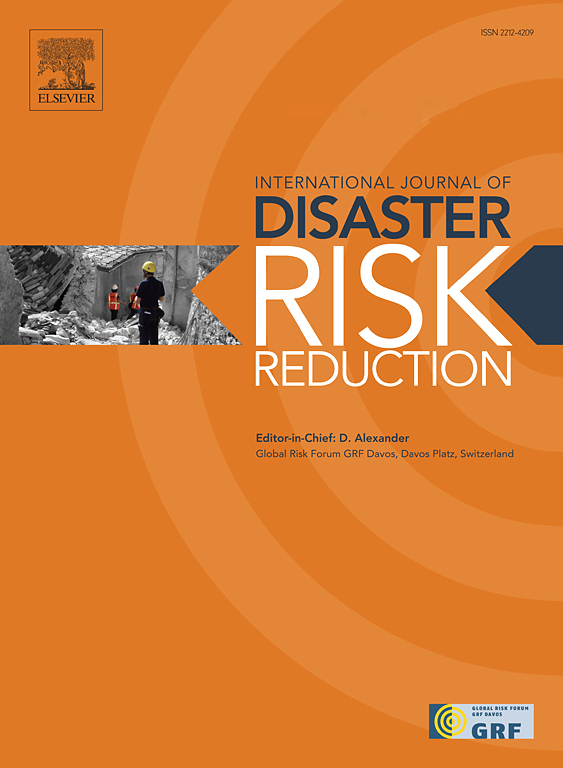How help-seeking information spreads on social media during disasters: The role of vulnerable groups and information features
IF 4.2
1区 地球科学
Q1 GEOSCIENCES, MULTIDISCIPLINARY
International journal of disaster risk reduction
Pub Date : 2025-03-06
DOI:10.1016/j.ijdrr.2025.105374
引用次数: 0
Abstract
Amid the increasing frequency of disasters, social media serves as a vital platform for the dissemination of help-seeking information. However, the uneven diffusion of such information often leads to unequal access to assistance for victims. Grounded in altruism and dual-system theory, this study investigates the factors and mechanisms driving the diffusion of help-seeking information during disasters, utilizing data from the "7.20″ Henan Rainstorm event on Sina Weibo. The findings reveal that the inclusion of vulnerable groups (e.g., senior citizens, children, and patients) in posts significantly increases retweet counts. Additionally, information features—intuitive (e.g., emojis, credibility labels) and rational (e.g., material in need, victims' addresses)—enhance retweet counts by activating cognitive processing. Notably, help-seeking posts involving vulnerable groups are more likely to include both intuitive and rational features compared to those without such groups. Nevertheless, the impact of vulnerable groups on retweeting diminishes in the presence of rational features, as heightened emotional content may divert cognitive resources from rational processing. These findings enrich the psychological mechanisms of dual-system theory and offer practical insights for optimizing help-seeking strategies on social media during disasters.
求助全文
约1分钟内获得全文
求助全文
来源期刊

International journal of disaster risk reduction
GEOSCIENCES, MULTIDISCIPLINARYMETEOROLOGY-METEOROLOGY & ATMOSPHERIC SCIENCES
CiteScore
8.70
自引率
18.00%
发文量
688
审稿时长
79 days
期刊介绍:
The International Journal of Disaster Risk Reduction (IJDRR) is the journal for researchers, policymakers and practitioners across diverse disciplines: earth sciences and their implications; environmental sciences; engineering; urban studies; geography; and the social sciences. IJDRR publishes fundamental and applied research, critical reviews, policy papers and case studies with a particular focus on multi-disciplinary research that aims to reduce the impact of natural, technological, social and intentional disasters. IJDRR stimulates exchange of ideas and knowledge transfer on disaster research, mitigation, adaptation, prevention and risk reduction at all geographical scales: local, national and international.
Key topics:-
-multifaceted disaster and cascading disasters
-the development of disaster risk reduction strategies and techniques
-discussion and development of effective warning and educational systems for risk management at all levels
-disasters associated with climate change
-vulnerability analysis and vulnerability trends
-emerging risks
-resilience against disasters.
The journal particularly encourages papers that approach risk from a multi-disciplinary perspective.
 求助内容:
求助内容: 应助结果提醒方式:
应助结果提醒方式:


